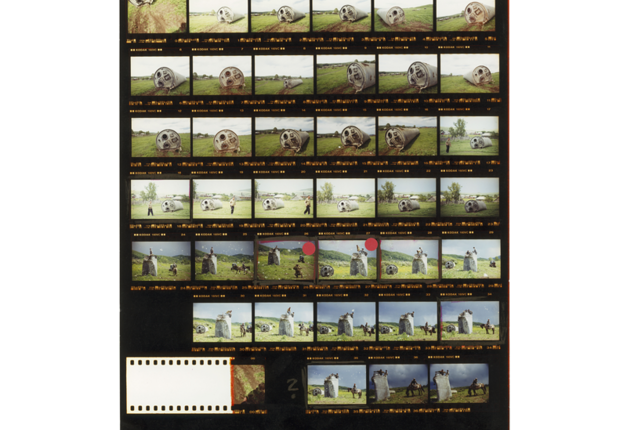This week, since my genre project is on long exposure photography, I decided to get inspired with some nice digital prints. When I think of long exposure I often think of the fairly clichéd light drawing and perhaps even the "soft" daytime waterfall images that now pervade countless calendars. Thus, I wanted to look for something more in long exposure photography: a way that emotion can be portrayed through blurs and streaks.
This first image stuck out to me as it seems to have an interesting compositional structure as well as a fairly clear message. The perspective of the room gives an almost distant feel to the photograph, a distance accentuated by the transitory appearance of the furniture in the room. The clearing of this once cluttered and often used room leaves the viewer feeling that something is wrong. The studious resident is now gone, taking their belongings along for the ride.
I particularly enjoy the second image because of the vanishing points it contains, as well as the inherent meaning(s) it portrays. First off, the rule of thirds is followed beautifully, with the man directly on the two thirds line from the left, and the train is almost directly on the one third line from the bottom. The composition of the image is beautiful, but what strikes me is the emotional content therein. What is he waiting for? Clearly he's missed multiple trains by now. And yet he waits. And waits. Perhaps a metaphor for when we're waiting for something to happen, but we're not sure what. Perhaps representative of how events in one's life can leave one faded, and distant, seemingly frozen as things move all around oneself.
I think this third image is actually my favorite of the bunch. I am at a loss for the meaning of the piece, yet I believe there is a message- whether intended or not. The picture depicts people moving about in their daily routines, meshing together until an almost fog like layer is created, coating the street. This mass of people seems to be a more visual interpretation of the platitudinal "sheeple" concept- everyone goes about the same trite routine. Again and again, day after day. No variation. No digression. No emotion.
These three photographs helped me to see how I might be able to use long exposure photography in a more powerful way than simply drawing with light. I hope to make art that moves, in more than one way.


























